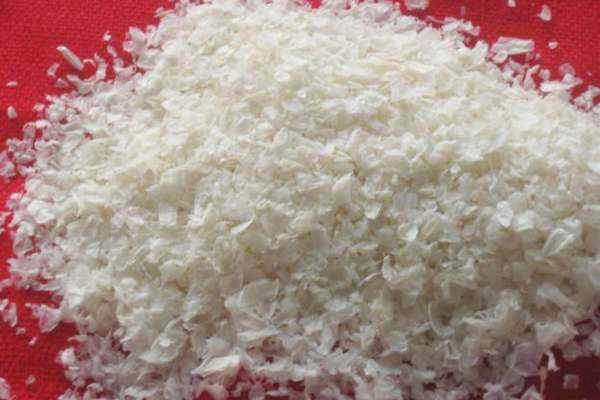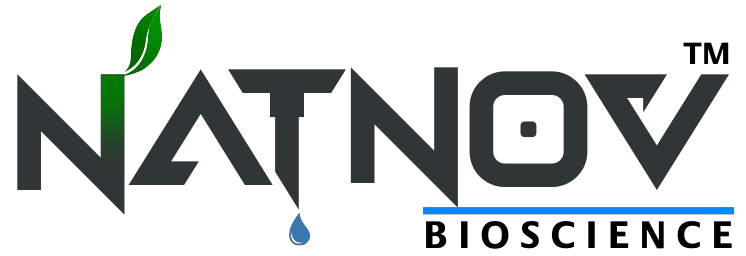CHITIN
Chitin is one of the most important biopolymers in nature. It is a substance that gives strength to the cellular walls of fungus, insects, and crustaceans as well as their exoskeletons. Chitin is the second most abundant biopolymer in the world after cellulose. Chitin has characteristics similar as keratin. It is a polysaccharide made up of units of the glucosamine amino sugar. The primary natural sources of chitin are the shells of shrimp and crab, which are a plentiful byproduct of the food processing industry and a major supply of this biopolymer for biomedical applications.

PROPERTIES:
- High porosity,
- biodegradability,
- predictable breakdown rate,
- structural integrity,
- non-toxicity to cells, and
- biocompatibility
are some of the most significant traits of these biopolymers that have made them the best options for fabricating polymeric tissue scaffolds.
CHITIN – EDIBLE OR NOT?
Chitin may be found in a variety of foods, including insects, mushrooms, shrimp, and lobster. Chitin is an excellent source of insoluble fibre when ingested. In actuality, the fibre in chitin gives the gut flora prebiotic qualities. This indicates that it promotes the development of healthy microorganisms in the body.
Certain chitin derivatives have been discovered to possess antioxidant qualities. By binding to free radicals, the byproducts of chitin might lessen oxidative stress in living things, defending them against cell damage and cancer. Even fat cholesterol may bind to chitin, causing a reduction in blood cholesterol levels.
Despite the fact that mammals cannot produce chitin, they do possess chitinase-like enzymes.
BYPRODUCTS OF CHITIN
Chitin is widely used in the food sector, as may be expected. The biopolymer is an excellent product stabiliser and emulsifier aside from use in food. Chitin functions perfectly as a preservation agent for edibles since it has antifungal properties.
Some varieties of chitin have delicious tastes. Microcrystalline chitin is specifically used as a food ingredient to improve flavor.
Additionally, chitin is widely used in the medical industry. For instance, chitin is used to create prosthetic skin, contact lenses, and even dissolvable surgical sutures.
You could have utilized chitin even though you’ve never eaten it. Fertilizers also contain a significant amount of chitin. Plants’ immune systems are triggered, promoting growth.
Furthermore, chitin is quite green. Biocompatible, non-toxic, and degradable describe the biopolymer. Chitin may even take in metal pollutants from water, according to a number of studies.
